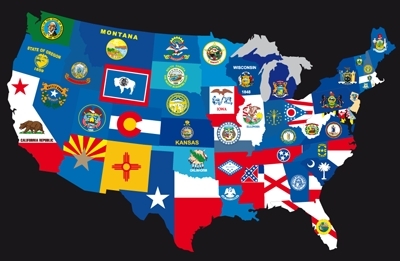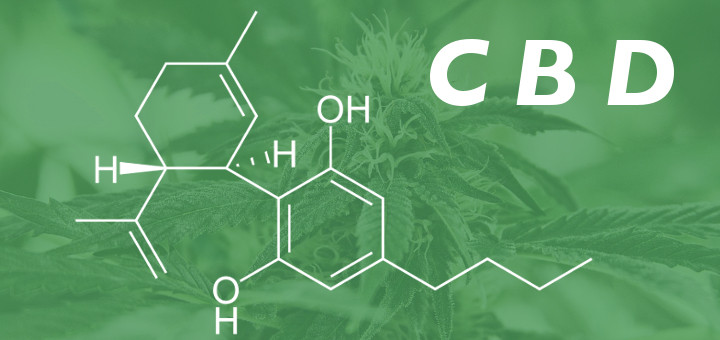 A derivative of the industrial or commercial hemp plant, CBD Rich Hemp Oil is offering a great legal alternative for those living in non medical marijuana states that would like to try CBD oil but are still waiting for the laws to catch up in their part of the country, as well as folks just seeking highly concentrated sources of Cannabidiol in general. This type of Hemp oil should not be confused with well known nutritional products that have been sold for some time now such as Hemp seed oil, which are sold for their high nutritional value and typically contain very little if any Cannabidiol or other Cannabinoids. These nutritional products are however, sold under the same laws that allow for Hemp based Cannabinoids to be sold legally.
A derivative of the industrial or commercial hemp plant, CBD Rich Hemp Oil is offering a great legal alternative for those living in non medical marijuana states that would like to try CBD oil but are still waiting for the laws to catch up in their part of the country, as well as folks just seeking highly concentrated sources of Cannabidiol in general. This type of Hemp oil should not be confused with well known nutritional products that have been sold for some time now such as Hemp seed oil, which are sold for their high nutritional value and typically contain very little if any Cannabidiol or other Cannabinoids. These nutritional products are however, sold under the same laws that allow for Hemp based Cannabinoids to be sold legally.
CBD content in Hemp oil, when extracted from the proper strains, can be very high as Hemp plants are now the very strains that are being used to breed high CBD levels back into Cannabis after years of selective recreational breeding for high THC values. Well known strains such Charlotte’s Web are hybrids that were selected from crosses with High CBD Hemp varietals and those Hemp genetics are what account for the new High CBD Strains of Marijuana and commercial Hemp that have and are being developed. Industrial and commercial Hemp has been bred over decades to reduce the THC limits beyond .3%, as to meet the international guidelines for industrial hemp certification, but the CBD has remained untouched, whereas in the recreational market, the exact opposite has happened over the last 30 or 40 years of indoor growing. The money has traditionally been in high THC values, and as a result CBD was slowly selected against in favor of high THC .
CBD modulates/diminishes the effects of THC so is not a desired trait for recreational strains of cannabis for the most part, unless in very small concentrations. Strains that approach a 1:1 ratio of THC to CBD have very little if any intoxicating effect and are more suitable for medicinal use where high THC doses can be uncomfortable for some. It is only with the recent surge of interest in Cannabidiol that breeders are getting the financial incentive to work with these previously abandoned hemp strains in order to bring CBD back into the Cannabis genetic pool and develope strains such as Charlotte’s Web, Cannatonic, ACDC and Harlequin, among many other high CBD variants, some of which now have low enough THC levels to qualify for industrial Hemp status. A great breakdown of some of the most well known High CBD strains being used to make Marijuana oil and extracts in Medical Marijuana states today may be found here via Synergy Wellness’s site.
In 2004, the 9th US Circuit Court of Appeals ruled that the naturally occurring Cannabinoids contained in non psychoactive varieties of Cannabis (industrial Hemp) are outside of the regulatory power of the DEA after the DEA attempted to enforce a zero tolerance policy on the trace amounts of THC contained in Hemp products being sold at the time, such as nutritional Hemp seed oil. One can view these trace amount of THC being very similar to the trace amount of morphine and codeine found within poppy seeds used for baked goods. This zero tolerance policy was challenged by the HIA (Hemp Industries Association) who won the ruling in 2004, which was subsequently left unchallenged by the Bush administration and DEA. Industrial Hemp is defined internationally as having .3% THC or less by dry weight, so that has become a defining line between what is legally considered Hemp and what is considered “Marijuana” under U.S. law after the 9th circuit court of appeals ruling that placed the Cannabinoids contained within Hemp into a separate category than those within strains of Marijuana with higher than .3% THC content.
Furthermore, Cannabidiol itself nor any of the other 80 some Cannabinoids derived from the Cannabis plant are scheduled substances in the United States, only THC and a few synthetic Cannabinoids are actually listed as scheduled substances. If CBD is derived from Marijuana, it is illegal as are all constituents of the plant. When derived from imported commercial hemp, CBD is legal as the Cannabinoids contained in non-psychoactive strains of Cannabis are exempt from regulation in the US and around 40 other countries when used in Hemp finishing products. Some countries do in fact schedule Cannabidiol, such as Canada, where CBD is listed as a Schedule 2 substance. Legal status of Cannabidiol can been seen on the wiki page here.
Strains such as Charlotte’s Web, that started out being classified as “marijuana” strains, have now been able to be reclassified as Hemp strains, due to the meeting of the .3% THC threshold. This is an important designation, as breeders are now breeding Cannabis strains down to acceptable THC levels, while still offering a plant that carries all of the other combinations of naturally occurring Cannabinoids, which provide a synergistic effect when taken together along with the plants given Terpenoid and Flavanoid profiles. This has tremendous implications for people that do not need high THC levels in their Marijuana oil and extracts as it offers a legal avenue to procure CBD Oil for Sale in all 50 states. The 2014 Farm Bill took further steps to distinctly define hemp in the U.S. to allow for early pilot farms to develope and the pending Industrial Hemp Act will sever hemp’s connection with marijuana under the Controlled Substances Act once and for all.



